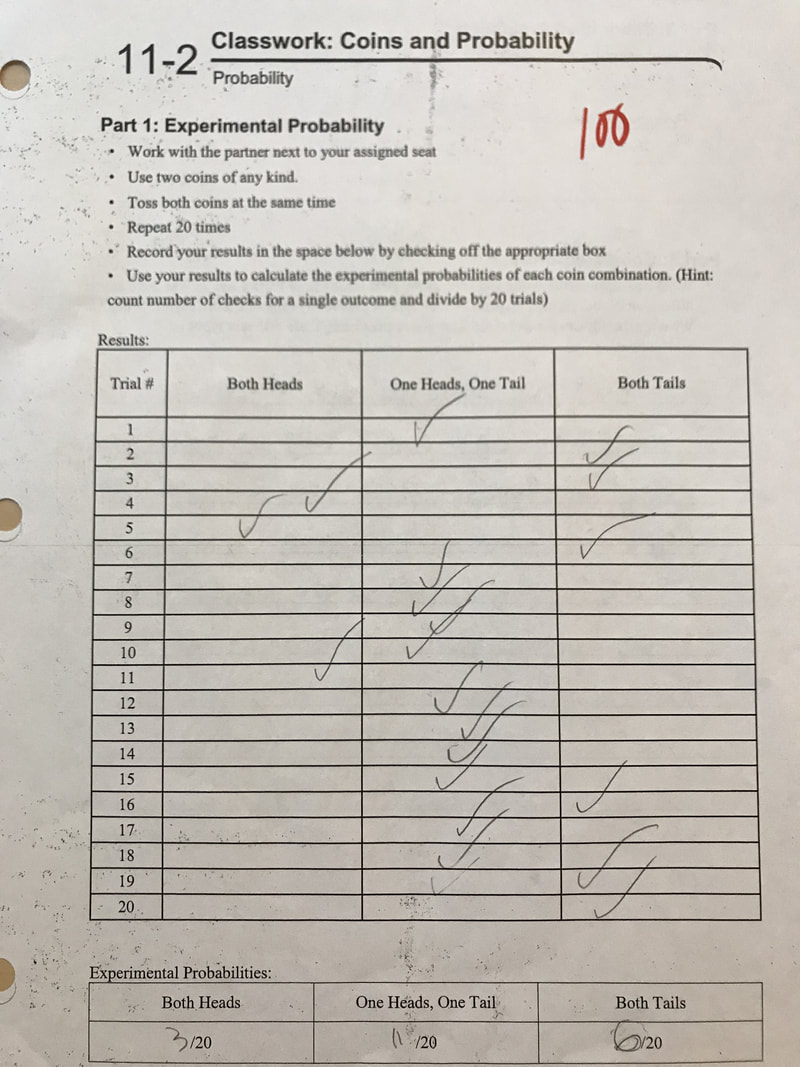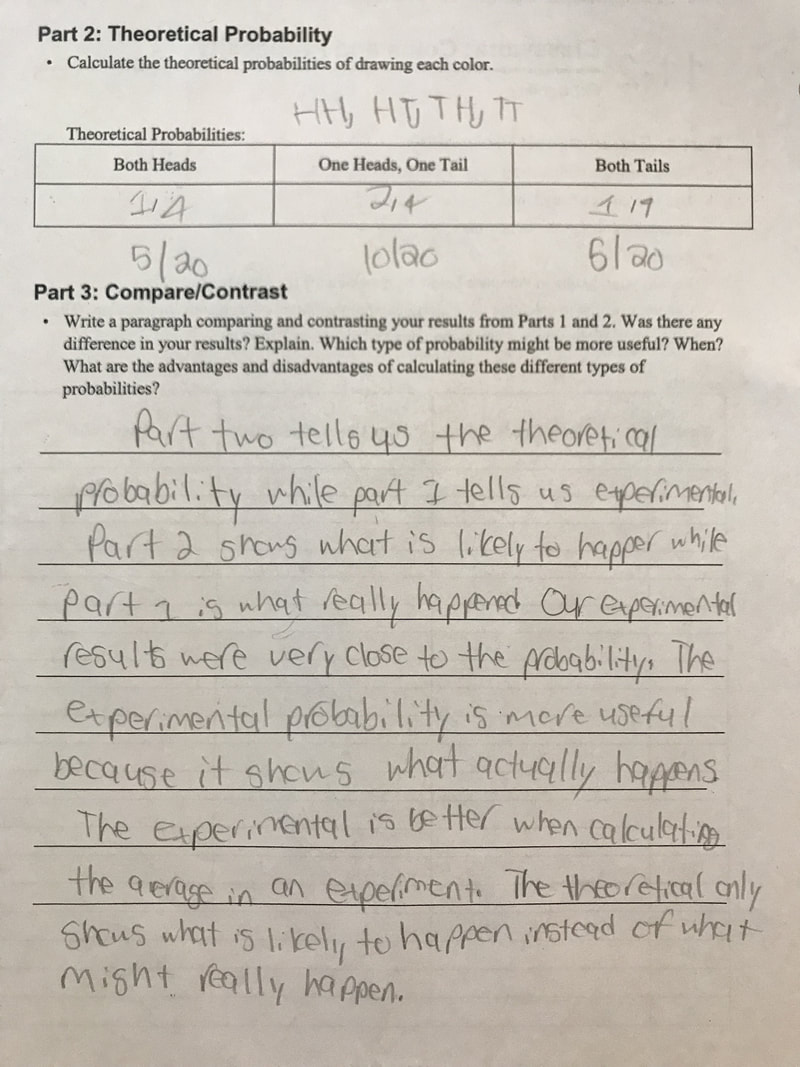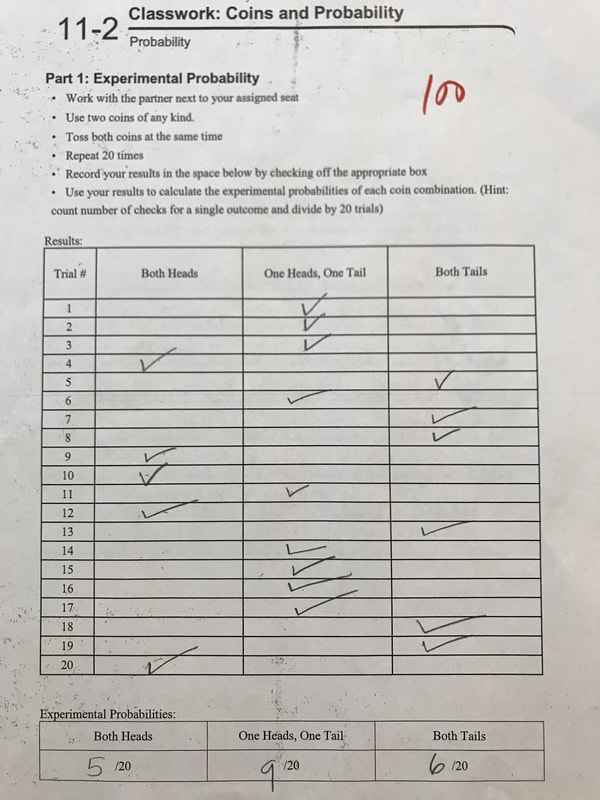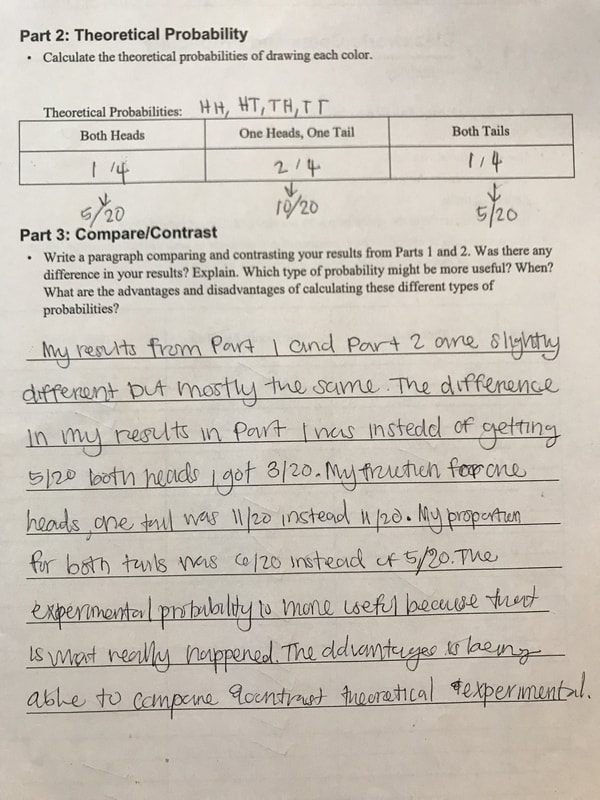Lesson Planning
LESSON PLANNING OVERVIEW
In the final stage of planning for instruction, I create lesson plans. Because of backwards planning, I can use the long-term plan and unit plan to guide the creation of my lesson plans. I reference the long-term and unit plan to ensure that my lesson plan is aligned to standards and sequenced appropriately to build off prior learning and learners' interest. At this stage of planning, I can dive into exactly which strategies, accommodations, resources, and materials are best for objective mastery. I aim to meet the needs of all my diverse learners, so my lessons are differentiated. In addition, I plan my lessons to not only build students' academic knowledge, but also their cultural competence and critical consciousness.
In the lesson showcased on this page, students build cultural competence and critical consciousness by learning about theoretical probability in baseball. Students will watch an engaging sports video about Sabermetrics. Many of students indicated on their beginning of the year survey that one of their top 3 hobbies is playing sports. The video on Sabermetrics will expose them to how statistics is used in sports, and future career opportunities in sports analytics. Students will also calculate the probability of pitching a “high-inside” in the strike zone, and see how changes to the dimensions of the strike zone affects the probability.
Please scroll down or click on the table of contents below to learn more about my lesson plan, powerpoint, and project-based learning.
TABLE OF CONTENTS
Lesson Plan
Lesson Powerpoint
Project-based Learning
In the final stage of planning for instruction, I create lesson plans. Because of backwards planning, I can use the long-term plan and unit plan to guide the creation of my lesson plans. I reference the long-term and unit plan to ensure that my lesson plan is aligned to standards and sequenced appropriately to build off prior learning and learners' interest. At this stage of planning, I can dive into exactly which strategies, accommodations, resources, and materials are best for objective mastery. I aim to meet the needs of all my diverse learners, so my lessons are differentiated. In addition, I plan my lessons to not only build students' academic knowledge, but also their cultural competence and critical consciousness.
In the lesson showcased on this page, students build cultural competence and critical consciousness by learning about theoretical probability in baseball. Students will watch an engaging sports video about Sabermetrics. Many of students indicated on their beginning of the year survey that one of their top 3 hobbies is playing sports. The video on Sabermetrics will expose them to how statistics is used in sports, and future career opportunities in sports analytics. Students will also calculate the probability of pitching a “high-inside” in the strike zone, and see how changes to the dimensions of the strike zone affects the probability.
Please scroll down or click on the table of contents below to learn more about my lesson plan, powerpoint, and project-based learning.
TABLE OF CONTENTS
Lesson Plan
Lesson Powerpoint
Project-based Learning




